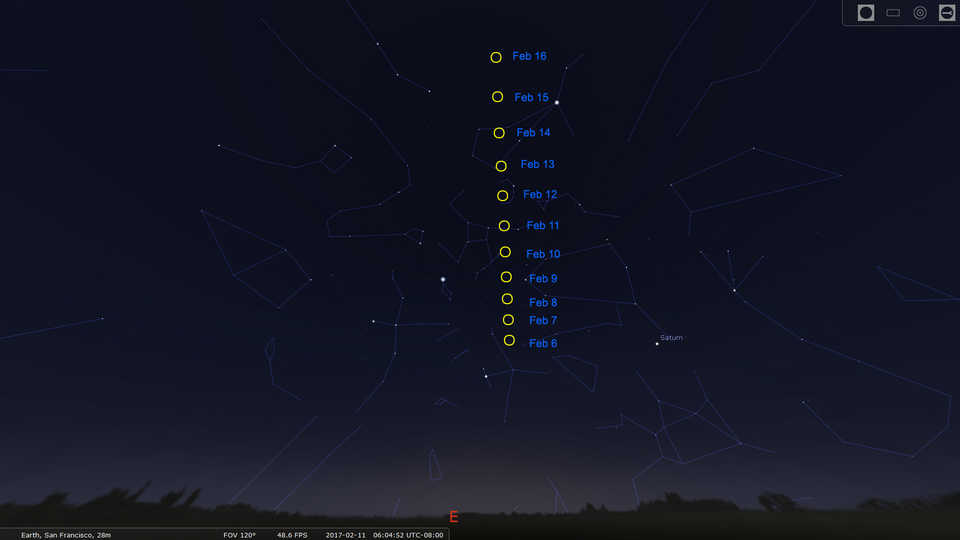Universe Update
Comet 45P at Its Brightest

On Saturday, February 11, Comet 45P/Honda-Mrkos-Pajdusakova (or just 45P, previously noted here) passes closest to Earth, at a distance of only 12 million kilometers (7.4 million miles), or nearly 30 times farther from us than the Moon. If visible at all, it will be moving from the constellation Hercules into Corona Borealis the Northern Crown. Both constellations are located high in the east just before dawn. Generally speaking, the comet is located in the vicinity between the two brightest stars high in the sky at that time—bright orange Arcturus in Bootes the Herdsman and bluish-white Vega in Lyra the Harp. (Don’t mistake the planet Jupiter in the southwest for a star. It’s lower in the southwest and very near the star Spica in Virgo the Maiden.)
And don’t expect much. Unfortunately, this is not what astronomers refer to as a “great comet,” which can be seen by casual observers who aren’t even looking for it. Like most comets, 45P is a pretty faint target, and at least 10x50 binoculars may be required to see it as a faint, blurry smudge in the darkness. However, with the Moon only a day past full and still above the horizon just before dawn, moonlight may interfere with viewing. Some astronomers suggest trying to see the comet the week before February 11, when the Moon is still in its waxing phases and sets before the beginning of morning twilight. Good luck!